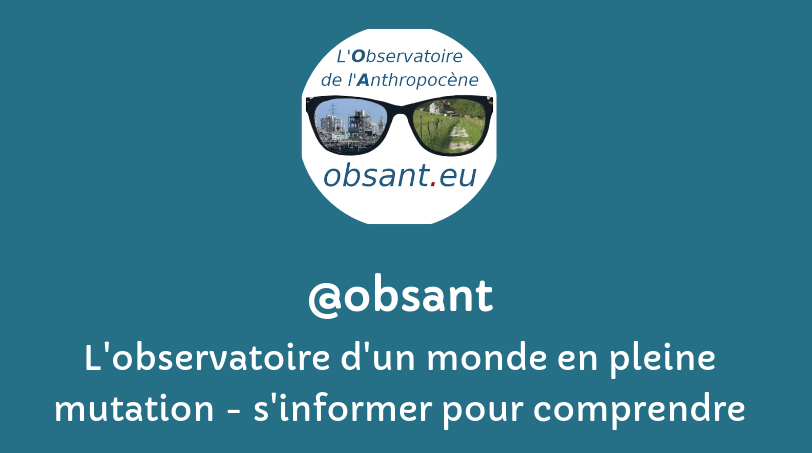Les champs auteur(e)s & mots-clés sont cliquables. Pour revenir à la page, utilisez le bouton refresh ci-dessous.
filtre:
sector
The growth in US power demand is surging to its highest rate in decades, driven first by the electrification of oil and gas production and then by the build out of data centers. While still below the 5-10% growth seen in China, the world’s first “electrostate," the US power sector is experiencing rapid structural growth. The country is delivering more than a 3.5% annual power demand growth rate for the first time in several decades, potentially positioning the US as the world’s next “electrostate,” despite the strong oil and gas focus of the Trump administration.
Purpose Animal emissions account for nearly 60% of total greenhouse gas emissions from the livestock sector. To estimate these emissions, the Food and Agriculture Organization of the United Nations (FAO) developed a dedicated module within the Global Livestock Environmental Assessment Model (GLEAM). Although previous studies have explored selected inputs for specific animals and emission types, a comprehensive analysis of all 92 inputs (parameters and emission factors) had not been conducted. This study aimed to identify the most influential inputs affecting ruminant emissions in GLEAM.
This article examines the technocentric bias that characterizes climate mitigation literature, focusing on the reports of the IPCC's Working Group III. This bias stems from structural features of the scientific field that prioritizes innovation, leading to the overrepresentation of technological solutions in climate research. Funding mechanisms further reinforce this tendency by incentivizing collaboration with industrial R&D, creating a self-reinforcing loop in which scientific authority and industrial interests converge. The IPCC's institutional positioning—as a policy-relevant yet politically cautious body—amplifies this dynamic by favoring allegedly “cost-effective” technological pathways that lack practical feasibility.
We develop roadmaps to transform the all-purpose energy infrastructures (electricity, transportation, heating/cooling, industry, agriculture/forestry/fishing) of 139 countries to ones powered by wind, water, and sunlight (WWS). The roadmaps envision 80% conversion by 2030 and 100% by 2050. WWS not only replaces business-as-usual (BAU) power, but also reduces it ∼42.5% because the work: energy ratio of WWS electricity exceeds that of combustion (23.0%), WWS requires no mining, transporting, or processing of fuels (12.6%), and WWS end-use efficiency is assumed to exceed that of BAU (6.9%). Converting may create ∼24.3 million more permanent, full-time jobs than jobs lost. It may avoid ∼4.6 million/year premature air-pollution deaths today and ∼3.5 million/year in 2050; ∼$22.8 trillion/year (12.7 ¢/kWh-BAU-all-energy) in 2050 air-pollution costs; and ∼$28.5 trillion/year (15.8 ¢/kWh-BAU-all-energy) in 2050 climate costs. Transitioning should also stabilize energy prices because fuel costs are zero, reduce power d
Countries must move rapidly to slash CO2 emissions from homes, offices, shops and other buildings—a sector that accounts for a third of global greenhouse gas pollution, the United Nations said Monday. Carbon dioxide emissions from the building sector rose around 5% in the last decade when they should have fallen 28%, according to a new report by the United Nations Environment Program (UNEP).
Limiting global temperature rise to 1.5 degrees C is essential for avoiding the worst climate change impacts, but doing so requires cutting emissions 42% by 2030 and 56% by 2035. Current policies alone will achieve less than a 1% reduction.
As authorities declared 2024 the hottest on record, a key private sector climate alliance, the Glasgow Financial Alliance for Net Zero (GFANZ) abandoned a requirement that members be aligned to the Paris agreement. That was followed by a network of net zero asset managers suspending work, and deleting from its website its statement of commitments that members must adopt, after BlackRock, the biggest of them all, quit its ranks.
In recent years, governments of several low-income countries have taken decisive action by removing fully or partially user fees in the health sector. In this study, we review recent reforms in six sub-Saharan African countries: Burkina Faso, Burundi, Ghana, Liberia, Senegal and Uganda. The review d …
![]()



